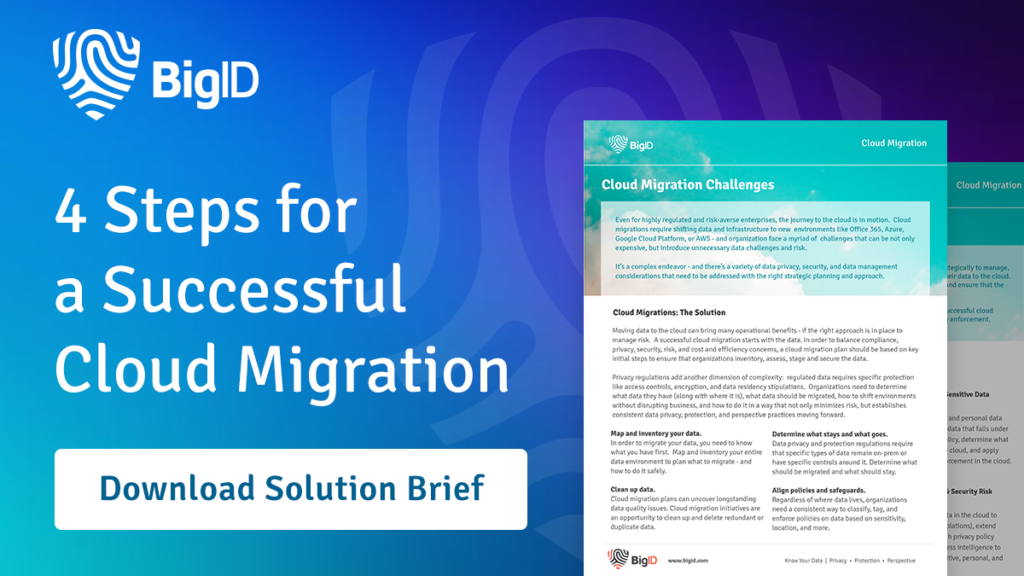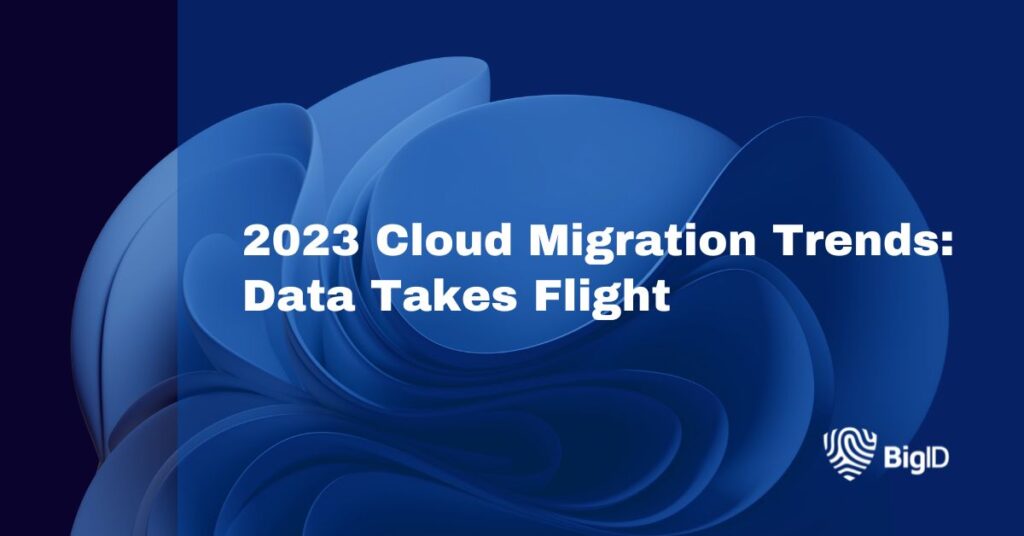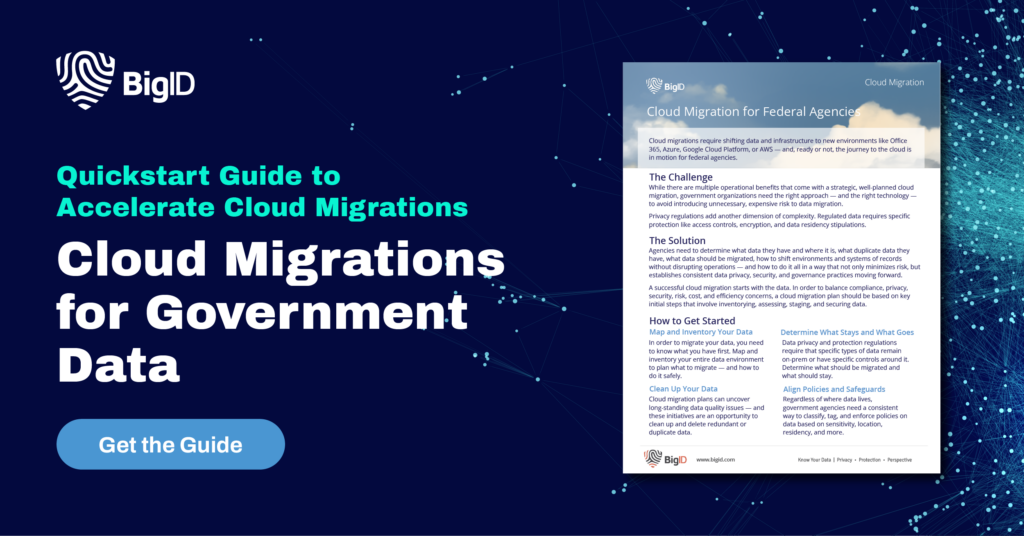In today’s digital era, harnessing the power of cloud migration has become a game-changer for businesses worldwide. The ability to migrate data, applications, and infrastructure to the cloud offers unprecedented opportunities for growth, innovation, and operational efficiency.
Cloud migration involves the process of transferring an organization’s digital assets from on-premises infrastructure to cloud-based environments. The benefits of cloud migration are tenfold— allowing businesses to scale resources on-demand, reduce infrastructure costs, enhance collaboration, and improve accessibility. The cloud provides a secure and flexible platform that enables businesses to stay competitive in a rapidly evolving digital landscape.
For organizations looking to better understand the trends, challenges, and successes related to cloud migration, dive into this guide for all the latest statistics.
Current trends in cloud adoption
In 2012, one in three Americans thought “the cloud” had something to do with the weather— whereas now according to Gartner, worldwide public cloud end-user spending is expected to reach nearly $600 billion in 2023.
Current trends in cloud adoption showcase an increasing shift towards cloud-based solutions and services. Organizations are embracing cloud migration to leverage its scalability, flexibility, and cost-efficiency, enabling them to enhance operational agility, drive innovation, and deliver seamless customer experiences.
The widespread adoption of hybrid and multi-cloud strategies allows businesses to leverage the strengths of different cloud providers and optimize their infrastructure to meet specific needs. As cloud technology continues to evolve, emerging trends such as edge computing, serverless architecture, and artificial intelligence integration are reshaping the cloud landscape and unlocking new opportunities for businesses worldwide.
A recent study conducted by Zippia found that:
- 94% of enterprises use cloud services
- 67% of enterprise infrastructure is now cloud-based
- 92% of businesses have a multi-cloud strategy in place or in the works
- 48% of businesses choose to store their most important data in the cloud
The rapid adoption of cloud services shows no signs of slowing down, with nearly 70% of organizations in 2022 saying they accelerated their migration to the cloud. The cherry on top— 60% agree that cloud capabilities helped them achieve increased and sustainable revenue in the last year. As a result, organizations’ cloud computing budgets are projected to hit 51% of IT spending by 2025.

Companies with successful cloud migration
Cloud migration has gained significant traction across various industries. Recognizing the potential for cost savings, improved efficiency, and enhanced customer experiences, sectors such as finance, healthcare, retail, manufacturing, and technology have embraced the cloud to revolutionize their operations. A few notable examples include:
- Netflix: As a leading entertainment streaming platform, Netflix migrated its infrastructure to the cloud over the course of ten years. Utilizing Amazon Web Services (AWS), Netflix was able to achieve seamless scalability and global reach. This migration allowed them to handle massive amounts of streaming data and deliver a high-quality user experience to millions of subscribers worldwide.
- Coca-Cola: The renowned beverage company Coca-Cola adopted cloud migration to enhance its IT infrastructure and streamline global operations. By migrating to AWS, The Coca-Cola Company achieved 40 percent operational savings and an 80 percent reduction in IT help desk tickets due to added automation.
- General Electric (GE): GE, a multinational conglomerate, embarked on a comprehensive cloud migration journey. With the help of Amazon Web Services (AWS), GE migrated its workloads and applications to the cloud. This transformation enabled GE to enhance its digital capabilities, leverage advanced analytics for predictive maintenance in industrial operations, and drive innovation across its various business units.
- Spotify: The popular music streaming service, Spotify, relies on the cloud for its vast music library and seamless user experience. In 2016 it leveraged the cloud infrastructure of Google Cloud Platform (GCP), to efficiently move 1200 online services and data processing DAGs (directed acyclic graphs) from their data centers to the cloud.
- Airbnb: As a leading online marketplace for lodging and tourism experiences, Airbnb migrated to the cloud to support its rapid growth and global expansion. By partnering with Amazon Web Services (AWS), Airbnb achieved the scalability required to handle the increasing demand for its platform, ensuring a reliable and consistent experience for both hosts and guests.
Cost savings and ROI of cloud computing
One of the primary drivers for cloud migration is the potential for cost savings. By transitioning from on-premises infrastructure to the cloud, businesses can significantly reduce capital expenditures associated with purchasing and maintaining physical hardware. Instead, they can leverage a pay-as-you-go model, paying only for the resources and services they use. This shift to operational expenditures (OpEx) allows organizations to align their IT costs with actual usage, eliminating the need for overprovisioning and reducing overall infrastructure expenses.
Automated policies for optimizing cloud costs offer the advantage of time-saving and minimizing unnecessary expenses. According to the Flexera 2022 State of the Cloud Report, over 40% of professionals are using automated policies to shut down workloads outside of working hours and monitor their environments consistently to eliminate waste.
Recent studies indicate several other benefits including:
- Companies using cloud computing save 20% annually on infrastructure costs:
By harnessing the power of the cloud, organizations can achieve substantial reductions in their infrastructure costs, thereby releasing valuable resources that can be allocated to other strategic areas of their business. This statistic serves as a compelling illustration of how cloud computing empowers businesses to save money and enhance overall operational efficiency. - 25% of IT budgets will be allocated to cloud-based services in 2021:
The growing recognition among businesses regarding the potential cost savings offered by cloud-based services is a significant statistic to consider when discussing cloud cost savings. It highlights that businesses are actively embracing cloud technology and willingly investing in cloud-based services to unlock the associated benefits. This statistic underscores the proactive approach businesses are taking to leverage the advantages of cloud computing and reap the rewards it brings. - 84% of businesses that adopt cloud reduced computing costs:
Transitioning to the cloud brings forth substantial cost savings for businesses, emphasizing a crucial aspect to highlight in a blog post focused on cloud cost savings statistics. These cost reductions serve as tangible evidence of the advantages offered by cloud computing and serve as a compelling incentive for readers to contemplate migrating their operations to the cloud.
Relevant cloud migration statistics
Cloud migration has become paramount for businesses seeking to optimize their operations, reduce costs, enhance security, enable collaboration, ensure business continuity, and drive innovation. The benefits of cloud migration go beyond immediate cost savings, empowering organizations to transform their IT infrastructure, embrace scalability, and leverage advanced technologies to thrive in today’s digital landscape. There are several statistics that indicate cloud migration will continue to have rapid adoption from organizations including:
- Most used cloud providers: Leading the pack are Amazon Web Services (AWS), utilized by 67% of enterprises, followed closely by Microsoft Azure at 48%, and Google Cloud Platform (GCP) at 32%. These platforms offer scalability, reliability, and a wide array of services that cater to diverse business needs.
- Average employee uses 36 cloud-based services a day: With over 200 collaborative cloud services, such as Dropbox, Microsoft Teams, Google Suite, and Slack— it’s no surprise employees utilize multiple tools to enhance teamwork and productivity.
- Enterprises use an average of 1,295 cloud services: The adoption of cloud services by businesses has seen a remarkable increase of 26.7% in less than five years, when compared to the 2016 figures of 1,022.
- 87% of businesses have embraced a hybrid cloud strategy: By combining different types of cloud solutions, businesses can optimize cost savings and improve flexibility. This strategic approach allows organizations to customize their systems according to their specific needs, leading to the growing popularity of hybrid solutions, which are prioritized by 45% of businesses.
- 41.4% of global tech and business leaders plan to boost their investment in cloud-based services and products: In response to the current economic climate, organizations are increasingly embracing cloud solutions to drive efficiency, facilitate remote work, and future-proof their operations. This shift reflects the recognition of the cloud’s potential to adapt to evolving market demands and ensure long-term resilience.
Simplify your cloud migration with BigID
Whether at the start of your cloud migration journey or an ongoing data management project— strategic management of cloud data is essential. BigID is the industry leading data intelligence platform for privacy, security, governance, and compliance that offers comprehensive solutions to help organizations prepare, clean, and minimize data for seamless cloud migrations.
This includes addressing data quality issues, eliminating duplicates and similar data, and more. Once migrated, organizations can leverage BigID for various purposes, such as data discovery, classification, and cataloging for cloud data, file analysis and intelligence, visibility into data inventories across cloud and on-premises environments, and utilizing apps to take action on cloud data.
To learn more about how BigID can help your organization better protect and manage their cloud data in AWS, Azure, and beyond— schedule a 1:1 demo today.



